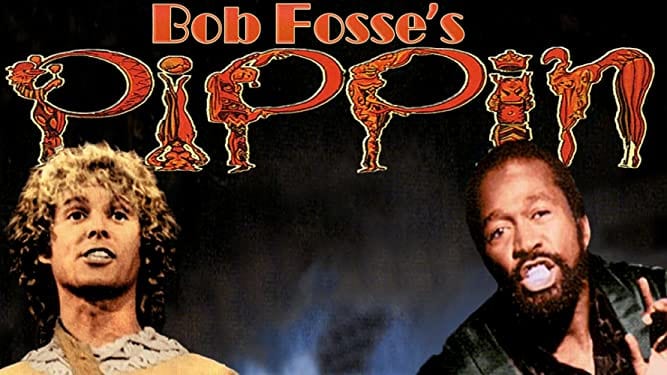The original 1980 production of Pippin begins with a dark stage, where the audience can see nothing but multiple pairs of hands. As an upbeat ostinato plays, the hands begin to wave, and the cast launch into the opening number, inviting the audience to join them on their journey.
Pippin tells the story of a prince embarking on a quest, under guidance from Leading Player, to discover his purpose. It’s almost a show within a show; Pippin is merely an actor following Leading Player’s script.
As the first face the audience sees, there is a lot of pressure on Leading Player’s shoulders, and Ben Vereen rises to the occasion. His facial expressions in the opening number are brilliant, bringing the audience straight into the narrative. He embodies a wonderful energy in every scene, dancing and leaping across the stage, which lasts throughout the entire musical.
William Katt excels in the lead role of Pippin. His voice is amazing, as he demonstrates in the second number ‘Corner of the Sky’. Although he occasionally breaks character- mainly to laugh at the other characters’ jokes- it only adds to the fun of the musical.
Leslie Denniston performs well in the role of Catherine, the seemingly normal yet peculiar housewife who eventually becomes Pippin’s love interest. Whilst there are sweet moments between the pair of them and Catherine’s son Theo near the end of the musical, their love felt rushed, and a little disingenuous.
The music and lyrics, written by Stephen Schwartz, are excellent. Bob Fosse’s choreography is nothing less than expected: every movement is precise, sharp and exciting. With the exception of a few clumsy camera angles, the musical also translates into the digital medium well, especially considering it was filmed in the 1980s.
Despite the promising combination of a strong score, solid choreography, and an intriguing plotline, the musical unfortunately falls flat. The pacing seems odd, rushing over certain plot elements such as the revival of King Charlemagne, but lingering on others for longer than necessary. One particular scene, intended to depict his partying (or “frolicking”, as Pippin’s grandmother, Bertha, dubs it), goes on for far too long, the suggestive dance moves leaving the audience feeling more than a little uncomfortable.
The rude humour sprinkled throughout the musical works well for the most part. The one-liners delivered by the characters are witty, and some are even laugh-out-loud funny. Occasionally, it is pushed too far and the scenes lose their humour and become painfully awkward instead.
Just as the musical fizzles out at the end, forgoing the traditional huge company finale that one might expect, the audience’s interest in Pippin’s journey has completely wavered by the final scene. The message of the show is lost among the unnecessarily long parts. Whilst the execution is spectacular in many respects, the 1980 production of Pippin is not a musical I will be returning to anytime soon.
Pippin is available to watch on Amazon Prime Video now.
Words by Ellen Leslie.
Support The Indiependent
We’re trying to raise £200 a month to help cover our operational costs. This includes our ‘Writer of the Month’ awards, where we recognise the amazing work produced by our contributor team. If you’ve enjoyed reading our site, we’d really appreciate it if you could donate to The Indiependent. Whether you can give £1 or £10, you’d be making a huge difference to our small team.
